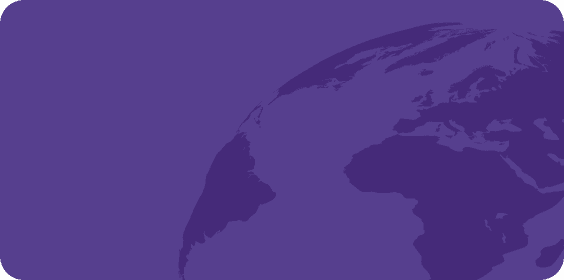The Global Talent Mandate for Higher Education

The higher education workforce has quietly gone global. The trend is visible not only among those who are teaching, but also among those who build, support, and scale programs that are defining the modern university.
Institutions are delivering new value in a borderless world through international research teams, overseas teaching faculty, regional support staff for students in online programs, and more. But even though academia is enabling new opportunities for the global learning community, its hiring practices and workforce models haven’t always kept pace.
In a landscape defined by grants, partnerships, and innovation cycles, most institutions still rely on hiring models built for local, long-term employment. That creates friction, both operationally and financially, when the need for talent is urgent, distributed, or tied to a project-based mandate.
It also creates risk. Because while HR compliance frameworks are fragmented and constantly changing, the responsibility for getting it right rests with every institution.
So, the real question for academic leadership isn’t: "Should we hire globally?" It’s: "How do we make global hiring less risky, less complex, and more responsive to our mission?"
A smarter approach to workforce globalization
Forward-thinking universities aren’t waiting for their systems and processes to catch up with demand. They’re rethinking what HR readiness means in a global context. That doesn’t mean building entities in every country or taking on more internal overhead. It means adopting new ways of working that are:
- Project-driven: Academic hiring should mirror the funding and impact cycles that shape research and program delivery. Fixed-term, agile staffing models allow universities to scale up or down without bureaucracy.
- Location-agnostic: Talent should be hired where it can make the biggest difference, not where it is easiest to cut a paycheck. Institutions should pursue operational frameworks that support in-country hires in any region.
- 100% compliant: Global hiring without compliance support is a liability. Institutions need partners that can navigate international labor law, benefits requirements, and risk mitigation at scale.
- Department-enabled, but centrally managed: Individual schools and research units should have clear pathways to request global hires, while HR, legal, and finance retain oversight and process control.
The solution isn’t more internal complexity. It’s more intelligent enablement.
Why it matters now
Many universities are expanding their global footprint through digital program delivery, satellite campuses, hybrid course models and joint degrees, and partnerships with international institutions, and their workforce models need to evolve accordingly.
In early 2025, several UK universities announced new campuses in India to meet student demand and financial pressures. Collaborative academic initiatives across Europe, often referred to as university networks, are increasingly launching joint-degree programs and shared multi-campus models. These efforts, seen in cross-border consortia of universities, are changing the operational landscape for global education.
Schools are finding new ways to collaborate: According to the US National Science Foundation and the National Science Board, the share of scientific articles co-authored by experts from institutions in different regions, countries, or economies increased by 19% between 2012 and 2022. Meanwhile, Grand View Research finds that the global education technology, or ed-tech, market is growing rapidly, projected to reach $348.41 billion USD by 2030. These shifts aren't theoretical; they are already reshaping how institutions must operate.
But in regions like Southeast Asia, Latin America, and the EU, these programs all depend on the ability to hire and support staff across jurisdictions. Complexity, cost, and compliance concerns often stand in the way. At the same time, funding pressures are increasing. Institutions are being asked to do more with less, and global agility becomes not just an asset, but a competitive advantage.
This is where employer of record (EOR) models are increasingly being used, enabling universities and ed-tech firms to tap into global talent pools without building new legal infrastructure or risking compliance missteps.
A new mandate for HR and operations
Institutions that want to lead in the next era of education must take a more strategic, proactive approach to workforce planning. This means:
- Anticipating where academic programs are expanding and ensuring workforce capability can scale accordingly
- Building partnerships that allow for rapid deployment of staff in new regions
- Standardizing global employment workflows across departments, while preserving budget accountability and compliance oversight
These shifts are not about outsourcing core functions; they're about enabling internal teams to focus on high-value academic outcomes while external partners handle the complexity of compliant international hiring.
Global ambition shouldn’t be limited by local infrastructure
Now is the time for higher education to match its workforce strategy to its academic vision, aligning hiring models with the realities of cross-border program delivery. As academic initiatives expand internationally, institutions must ensure their workforce infrastructure supports this growth. With the right structure in place, they can confidently pursue global initiatives without operational roadblocks.
Need to support international programs or hires?
Let’s talk about how to make global hiring easier, faster, and fully compliant, so your academic goals aren’t delayed by operational hurdles. Get in touch today.





















